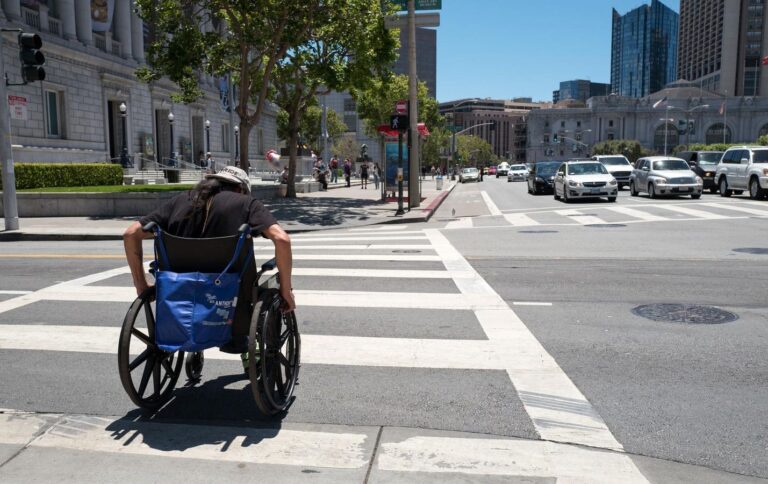(Photo by Smith Collection/Gado/Getty Images).
For nearly a quarter century, Social Security disability applications were on a steady climb, then started to level off. Is it that less people were disabled or was it tougher to obtain? Or were there other reasons?
The answer isn’t quite clear, according to new research from the Center for Retirement Research at Boston College (CRRC). Until 2015, the number of Americans applying for disability had tripled over a 24-year period to around 9 million people.
“The reversal is due both to more people exiting the program as the population ages and to fewer new people joining the rolls,” writes Kim Blanton, examining new research from CRRC.
“But a second factor that has received less attention reflects policy changes within the disability system, such as a stricter process for awarding benefits on appeal,” Blanton notes.
“Starting in 2010, for example, the administrative law judges who handle appeals by workers who were initially denied benefits were retrained to improve consistency within the appeals process. This made it more difficult for some individuals to be approved and reduced the share of applicants being accepted into the program.”
Yet another factor was that more Americans could qualify for Social Security simply by getting older. “It’s conceivable that fewer people are applying for disability because more and more Baby Boomers are old enough to start their Social Security retirement benefits instead,” Blanton adds. “However, this has not reduced the disability rolls, the researchers found.”
As most who apply for disability know, actually receiving benefits is a rigorous process. You have to qualify by certifying you have specified medical conditions, among other things. It’s not like applying for a driver’s license.
According to the Social Security Administration, you need to meet a few qualifications:
- You need to have worked in jobs covered by Social Security. That means you contributed to the Social Security system through payroll taxes.
- Have a medical condition that meets Social Security’s strict definition of disability.
- In general, Social Security pays monthly benefits to people who are unable to work for a year or more because of a disability. Generally, there is a 5-month waiting period and they’ll pay your first benefit the sixth full month after the date your disability began.
- Benefits usually continue until you can work again on a regular basis. There are also several special rules, called “work incentives,” that provide continued benefits and health care coverage to help you make the transition back to work.
What happens if you reach the age when you can qualify for Social Security retirement benefits? “If you are receiving disability benefits when you reach full retirement age, your disability benefits automatically convert to retirement benefits, but the amount remains the same,” Social Security states.
What if you can’t work due to an injury or medical condition and can eventually return to work? Then Social Security may regard your situation as a “short-term disability,” in which case the government won’t pay you benefits. Your disability must be “total,” meaning you can’t work at all.


